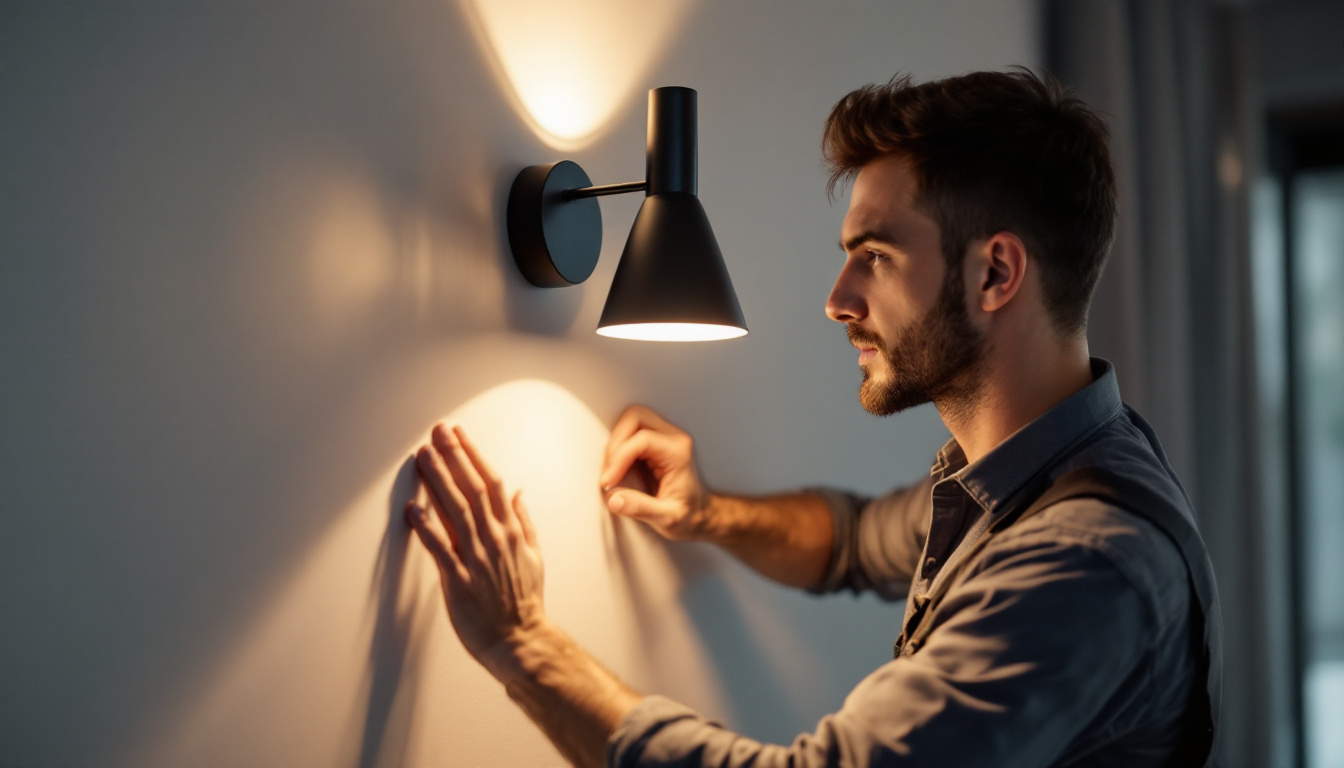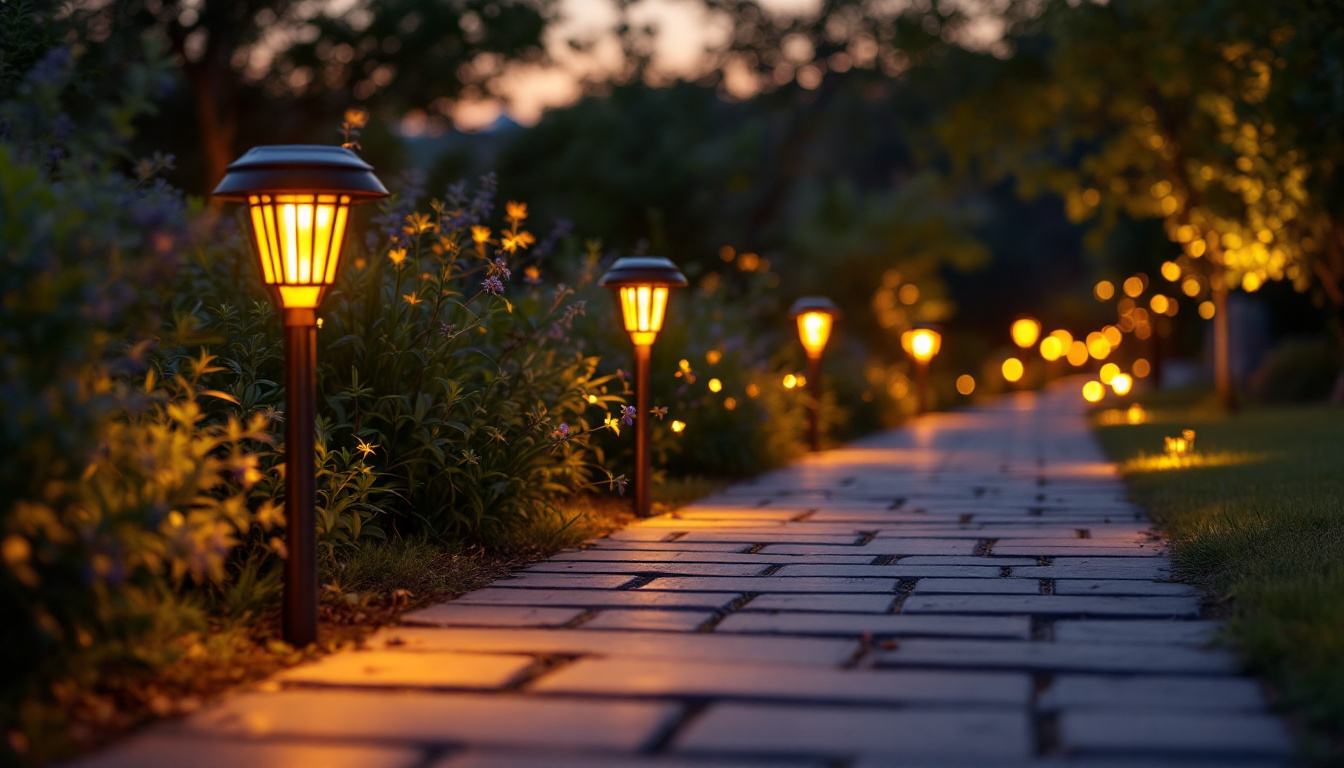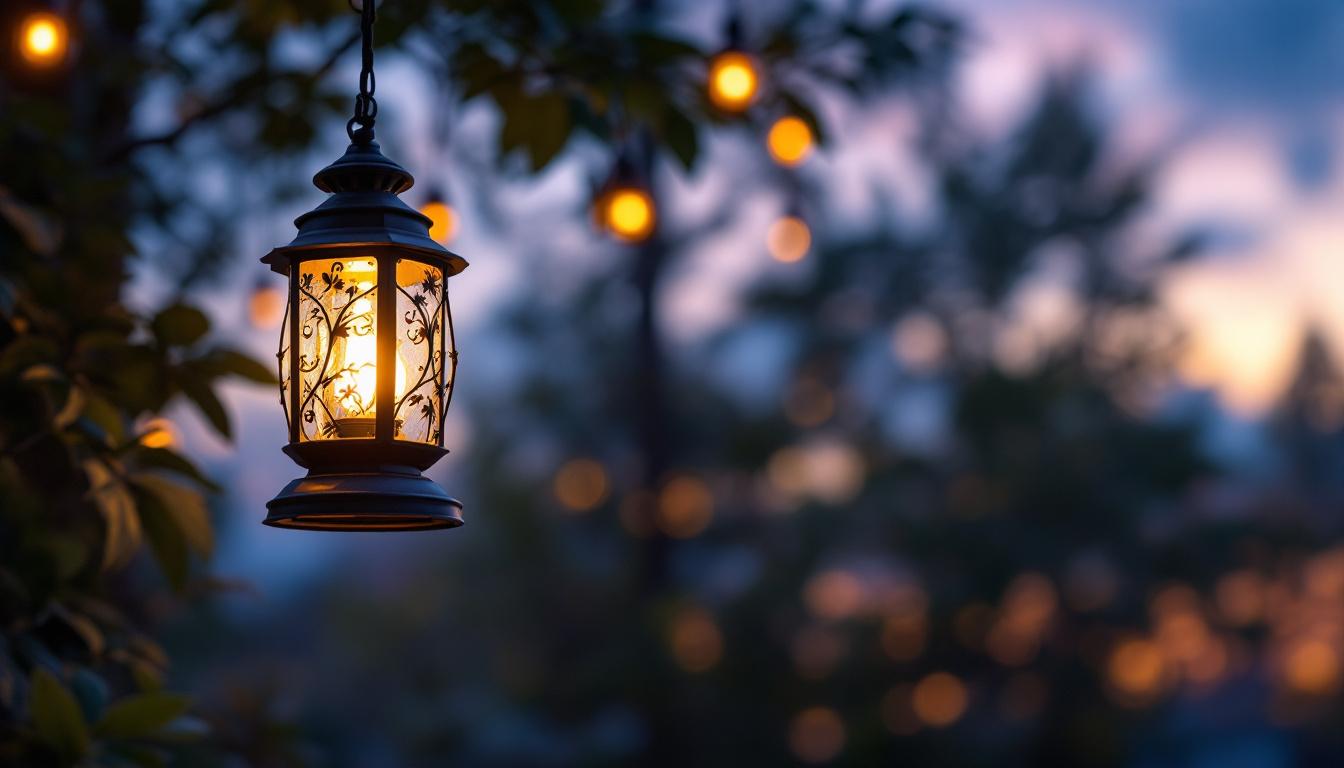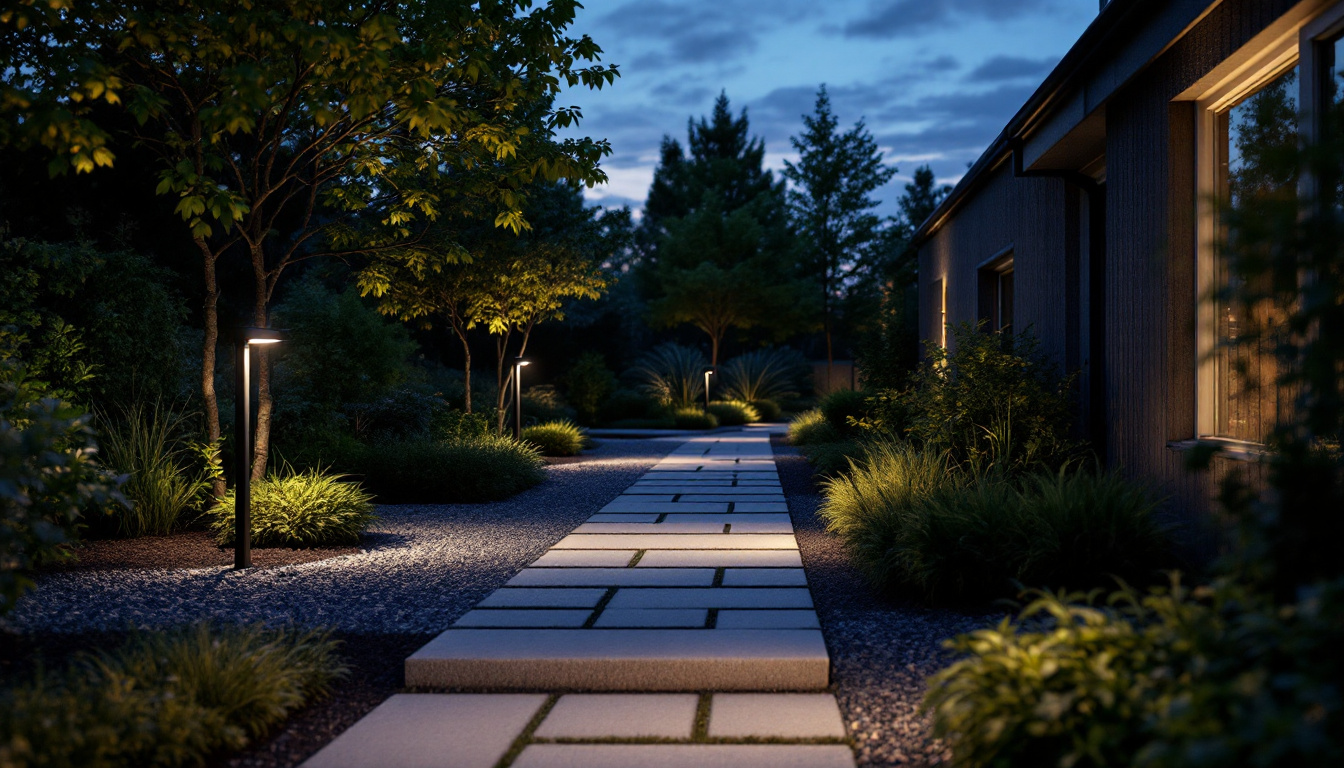
lighting sconces serve as both functional and aesthetic elements in interior and exterior design. For lighting contractors, understanding the best practices surrounding the installation and selection of sconces is crucial for delivering quality results to clients. This article explores various aspects of lighting sconces, from design considerations to installation techniques, ensuring that lighting contractors can enhance their projects effectively.
Lighting sconces are wall-mounted fixtures that provide illumination while adding a decorative touch to a space. They come in various styles, sizes, and materials, making them versatile for different applications. Whether used in residential or commercial settings, sconces can transform an area by creating ambiance and highlighting architectural features. These fixtures can also serve as focal points in a room, drawing the eye and enhancing the overall design narrative.
There are several types of sconces available, each serving unique purposes. Some common types include:
Understanding the different types of sconces allows lighting contractors to recommend the best options for their clients’ needs. Each type can significantly impact the overall design and functionality of a space. For instance, combining various types of sconces can create layered lighting, enhancing both the aesthetic and practical aspects of a room.
When selecting sconces, several design factors should be considered. These include:
By considering these factors, lighting contractors can ensure that the sconces they install not only serve their functional purpose but also enhance the aesthetic appeal of the environment. Additionally, the placement of sconces should be carefully planned; for instance, mounting them at eye level can create a more inviting atmosphere, while higher placements can help to draw the eye upward, making spaces feel larger and more open.
Proper installation of sconces is essential for both safety and performance. Following best practices can help lighting contractors achieve optimal results.
The placement and height of sconces significantly influence their effectiveness. Here are some guidelines to follow:
By adhering to these placement guidelines, lighting contractors can enhance the functionality and visual appeal of the sconces they install. Additionally, it’s important to consider the overall design of the space. For instance, in a hallway, sconces can create a warm and inviting atmosphere when placed strategically along the walls, guiding guests through the space while adding an aesthetic touch. In larger rooms, such as living areas, a staggered arrangement of sconces can create depth and visual interest, allowing for a more dynamic lighting scheme that complements the room’s decor.
Wiring sconces requires careful attention to electrical codes and safety standards. Here are some key points to keep in mind:
Proper wiring and adherence to safety standards not only protect the integrity of the installation but also ensure the safety of the occupants. Furthermore, when planning the electrical layout, it is beneficial to think about the potential for future upgrades. For example, incorporating smart home technology can allow homeowners to control sconces remotely or program them for different lighting scenarios, enhancing both convenience and energy efficiency. Additionally, using LED sconces can further reduce energy consumption and extend the lifespan of the fixtures, making them a sustainable choice for modern installations.
Sconces play a pivotal role in creating ambiance within a space. Their placement and type can significantly influence the mood and functionality of an area. From cozy living rooms to elegant dining spaces, the right sconces can transform an ordinary room into a warm, inviting haven.
Layering light involves combining different types of lighting to achieve a balanced and inviting atmosphere. Sconces can be a crucial component in this layering process:
By effectively layering light with sconces, contractors can create a dynamic and inviting environment that meets the needs of the occupants. For instance, in a hallway, sconces can guide the way while also adding a touch of elegance, making the space feel more expansive and welcoming. In contrast, in a cozy reading nook, they can provide soft, focused light that enhances the comfort of the space, inviting occupants to settle in with a good book.
The choice of bulbs for sconces can greatly affect the quality of light produced. Here are some considerations for selecting the right bulbs:
By carefully selecting bulbs, lighting contractors can enhance the performance and aesthetic appeal of sconces, ensuring they meet the needs of the space. Additionally, the dimming capabilities of certain bulbs can further enhance the versatility of sconces, allowing for adjustments based on the time of day or occasion. For example, a romantic dinner can be complemented by dimmed sconces, creating a softer, more intimate glow, while brighter settings can be used for lively gatherings or family activities.
Regular maintenance of sconces is essential for longevity and optimal performance. Lighting contractors should educate clients on proper care techniques.
Dust and grime can accumulate on sconces, diminishing their appearance and light output. Here are some cleaning tips:
By implementing these cleaning techniques, clients can ensure that their sconces remain a beautiful and functional part of their space.
In addition to cleaning, it’s important to periodically check the electrical components of sconces:
Regular checks of electrical components can prevent potential issues and ensure the continued performance of sconces.
Lighting sconces are an essential element in the toolkit of any lighting contractor. By understanding the various types of sconces, installation best practices, and maintenance techniques, contractors can deliver exceptional results that meet their clients’ needs. From enhancing ambiance to ensuring safety, the proper use of sconces can significantly elevate the quality of any lighting project.
By staying informed about trends and best practices in lighting design, contractors can position themselves as experts in the field, ultimately leading to satisfied clients and successful projects. Whether in residential or commercial settings, the thoughtful application of sconces can transform spaces and create lasting impressions.
Ready to elevate your lighting projects with the finest sconces on the market? Look no further than LumenWholesale. Our extensive selection of spec-grade lighting sconces is designed to meet the needs of the most discerning contractors. With unbeatable wholesale prices and no middleman, you get the best value for high-quality lighting. Plus, with the convenience of free shipping on bulk orders, you can stock up on premium lighting without the worry of hidden fees. Don’t compromise on quality or price. Experience the LumenWholesale difference today and make your lighting projects shine. Visit us at Wholesale Lighting at the Best Value and start transforming spaces with confidence and ease.

Discover how outdoor solar lights for pathways can revolutionize energy efficiency in your home.

Discover the transformative impact of all-weather outdoor lanterns in modern lighting solutions.

Discover how motion detector flood lights can revolutionize your lighting installation projects by enhancing security, energy efficiency, and convenience.

Discover expert tips and insights on selecting the perfect home bar lamps for lighting contractors.